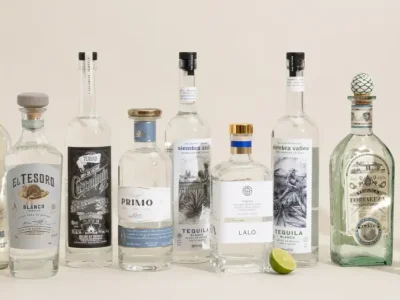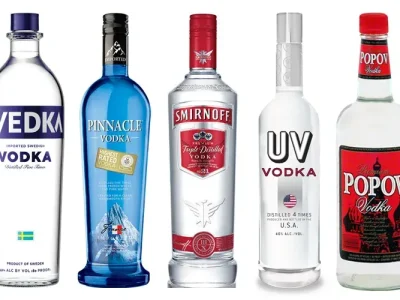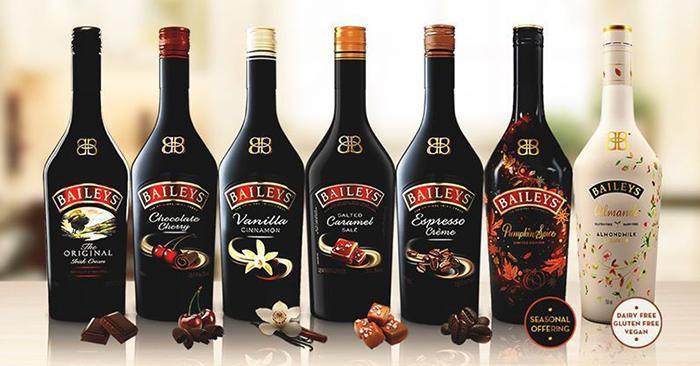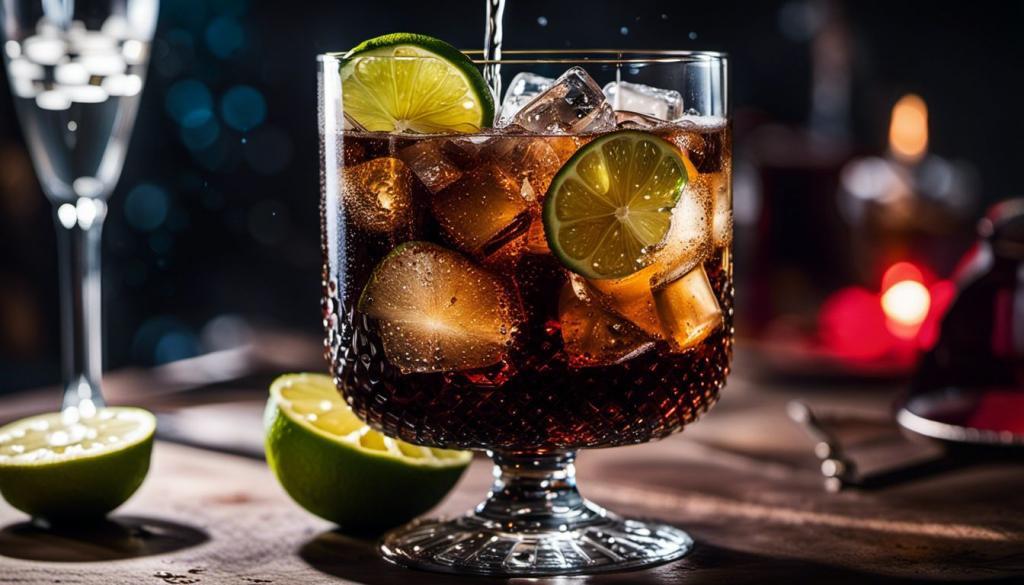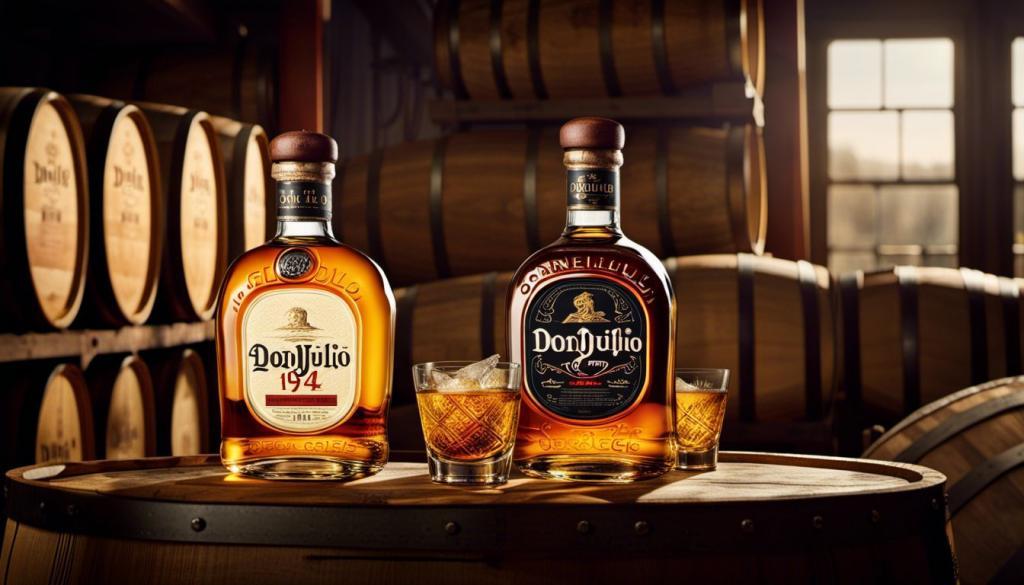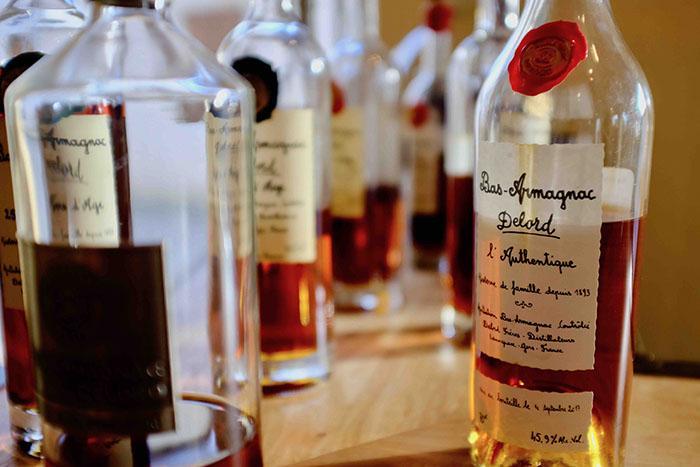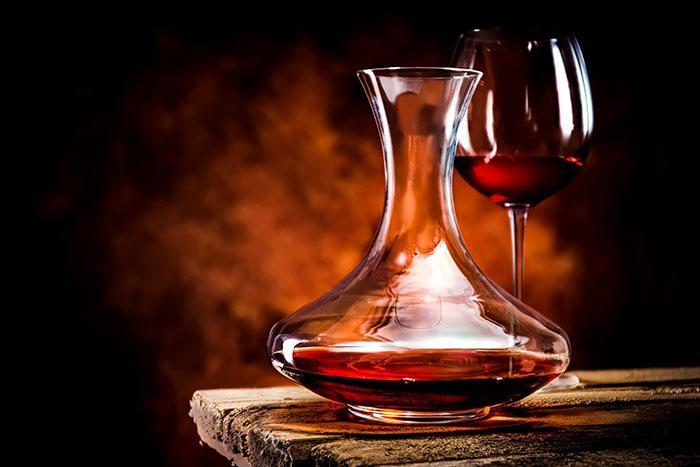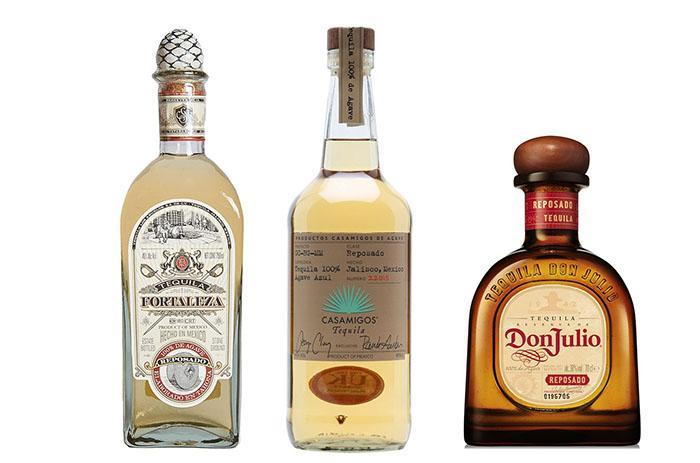Are you fascinated by the flavors, history, and cultural richness of Indian Liquor but don’t know where to start?
It’s interesting to learn that India is home to some unique and delectable alcoholic beverages, with a profound connection dating back centuries.
You Are Watching: Indian Liquor Updated 11/2025
This comprehensive guide will take you on a journey through the intricate world of Indian liquors, exploring their characteristics, popular brands, and their significant role in social customs.
Interested yet?
Let’s dive right in for an intoxicating tour of India’s spirited legacy!
Types of Indian Liquor
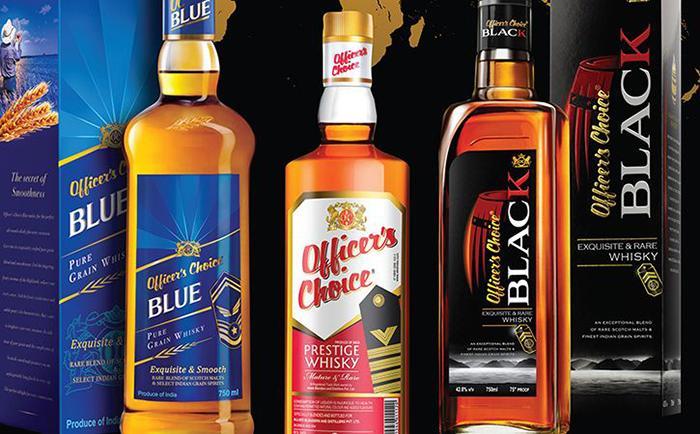
Indian liquor includes a variety of options such as Feni, Toddy/Palm Wine, Ludgi/Rice Liquor, Mahua, and Arrack.
Feni
Feni, a distinctive Indian spirit, boasts prominent place in Goa’s liquor production. Made from either the sap of coconut palms or cashews, this traditional Indian drink takes intricate skill and time-honored methods for perfect crafting.
Alcohol fermentation plays a crucial role in creating its distinct flavor profile. The sap undergoes a complex process to become palm feni while ripe cashew apples follow their unique path to create the cashew variant of Feni.
Unlike many liquors worldwide, Feni adheres closely to local customs, making it an indigenous specialty that beautifully encapsulates India’s diverse alcohol industry.
Its slightly bitter yet surprisingly earthy taste makes it quite popular among enthusiasts seeking unique drinking experiences across Indian spirits varieties.
Toddy/Palm Wine
Toddy, also known as Palm Wine, is a popular traditional Indian alcoholic drink that is made from the sap of various palm trees. This sweet and mildly fermented beverage holds a significant place in Indian liquor culture.
The process of extracting toddy involves tapping the trunk of the palm tree to collect its sap, which is then naturally fermented for a short period of time.
The end result is a refreshing and slightly tangy drink with an alcohol content ranging from 4% to 6%.
Toddy has been enjoyed in India for centuries and is often consumed during festive occasions or as a social lubricant.
Its unique flavor and natural production method make it stand out among other Indian liquors.
Ludgi/Rice Liquor
Ludgi, also known as rice liquor, is a traditional Indian alcoholic beverage that holds a significant place in the country’s drinking culture.
Made from fermented rice, Ludgi boasts a distinct taste profile that sets it apart from other liquors.
With its clear color and smooth texture, this local Indian drink showcases the expertise of traditional production methods passed down through generations. Ludgi is popular not only for its unique flavor but also for its versatility in pairing with traditional Indian cuisine.
As one of the indigenous liquors of India, Ludgi adds to the rich tapestry of the country’s alcohol industry and continues to captivate both locals and international enthusiasts alike.
Mahua
Mahua is a traditional Indian liquor that holds deep cultural significance. Made from the flowers of the Mahua tree, this indigenous alcoholic beverage has been enjoyed in India for centuries.
The extraction process involves collecting and fermenting the sweet-scented Mahua flowers, resulting in a rich and flavorful drink with floral undertones.
Mahua liquor is known for its smooth texture and distinct taste profile, making it a favorite among locals and tourists alike.
With alcohol consumption playing an important role in social gatherings and celebrations in India, Mahua holds a special place as one of the country’s beloved traditional spirits.
Arrack
Arrack is a highly popular Indian liquor that has been enjoyed for centuries. Made from the fermentation of coconut sap or palm juice, this traditional spirit packs quite a punch. Known for its distinct flavor and aroma, Arrack offers a unique experience to those who indulge.
Read More : Does Alcohol Expire Updated 11/2025
With India being the third-largest market for alcoholic beverages globally, it’s no surprise that Arrack has gained widespread recognition both domestically and internationally.
Its strong presence in cultural celebrations and social gatherings further cements its importance in Indian liquor culture.
So, if you’re looking to explore the rich tapestry of traditional Indian drinks, be sure to give Arrack a try!
Characteristics and Flavors of Indian Liquor
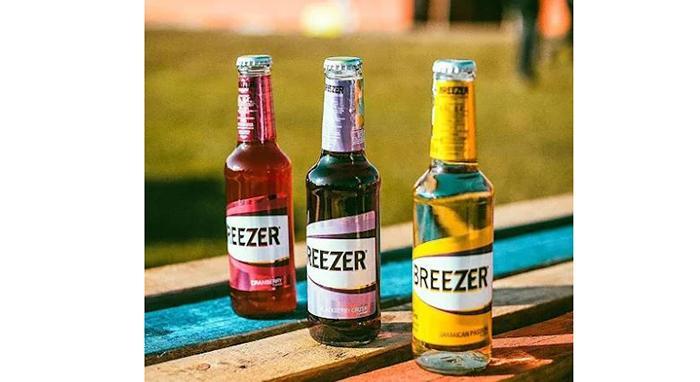
Distinctive taste profiles
Indian liquor offers a diverse range of distinctive taste profiles that cater to different preferences. From the earthy and tropical flavors of Feni, made from fermented cashew apples or coconut sap, to the tangy and sweet notes of Toddy/Palm Wine derived from palm sap fermentation, each indigenous drink has its own unique character.
Ludgi/Rice Liquor delivers a smooth, floral taste with hints of rice sweetness, while Mahua surprises the palate with its fruity and aromatic essence.
And let’s not forget Arrack, a popular choice known for its bold flavors and spice-infused undertones.
With such variety in taste profiles, Indian liquor ensures an exciting drinking experience every time.
Local variations and regional specialties
Indian liquor offers a fascinating array of local variations and regional specialties that showcase the diverse cultural and geographical influences across the country.
Each region has its own distinctive flavors, production methods, and ingredients, resulting in unique tasting spirits that capture the essence of their respective locales.
From Feni in Goa to Toddy/Palm Wine in Kerala, Ludgi/Rice Liquor in Maharashtra, Mahua in Madhya Pradesh, and Arrack in Andhra Pradesh, every Indian state has its indigenous liquors with centuries-old traditions.
These drinks are often crafted using traditional techniques passed down through generations, ensuring an authentic experience for enthusiasts seeking something truly special.
Whether it’s the earthy sweetness of palm sap fermentation or the complex layers of flavor found in rice-based liquors like Ludgi/Rice Liquor, exploring India’s local variations and regional specialties is a captivating journey into the rich tapestry of Indian culture.
Traditional production methods
Indian liquor is known for its traditional production methods, which have been passed down through generations. These methods involve a careful balance between art and science, as the creators of Indian liquor use their expertise and intuition to create unique flavors and characteristics.
From the fermentation of palm sap to the distillation of rice liquor, each step in the process is meticulous and precise. The result is a range of spirits with distinctive taste profiles that reflect the rich cultural heritage of India.
These traditional production methods not only preserve ancient traditions but also contribute to the growing recognition of Indian liquor on an international scale.
Popular Indian Liquor Brands

Royal Mawalin
One popular Indian liquor brand that has gained recognition both domestically and internationally is Royal Mawalin. Known for its premium quality spirits, Royal Mawalin offers a range of alcoholic beverages that showcase the rich flavors and traditional craftsmanship of Indian liquor.
With a focus on using locally sourced ingredients and following traditional production methods, Royal Mawalin creates spirits with distinctive taste profiles that capture the essence of India’s diverse cultural heritage.
As India’s alcohol industry continues to expand, brands like Royal Mawalin are at the forefront, showcasing the country’s unique offerings in the global market.
Villa Palladio Jaipur
One of the popular Indian liquor brands to explore is Villa Palladio Jaipur. This exquisite brand offers a range of premium spirits that showcase the rich heritage and flavors of India. From handcrafted gins infused with botanicals sourced from across the country, to smooth vodkas made from locally grown grains, Villa Palladio Jaipur captures the essence of traditional Indian drinks with a modern twist.
Each bottle tells a story, reflecting the attention to detail and craftsmanship that goes into their production.
With its unique blend of flavors and luxurious presentation, Villa Palladio Jaipur exemplifies the growing recognition and appreciation for Indian liquors both domestically and internationally in recent years.
Oberoi Udaivilas
Oberoi Udaivilas, located in the enchanting city of Udaipur, is not just a luxury hotel but also offers a delightful selection of Indian liquor. Its bar showcases an array of traditional spirits that truly capture the essence of India’s drinking culture.
With its stunning views overlooking Lake Pichola and impeccable service, Oberoi Udaivilas provides the perfect setting to indulge in some of India’s finest alcoholic beverages.
Whether you’re sipping on Feni from Goa or enjoying a glass of Arrack with its unique flavors, Oberoi Udaivilas ensures that your drinking experience is top-notch.
Read More : What Is Southern Comfort Updated 11/2025
Soak up the rich history and heritage as you explore the diverse liquor offerings at this luxurious destination, making it an unforgettable part of your Indian liquor journey.
Expanding market and growing international recognition
The Indian liquor market has been steadily expanding in recent years, with a growing international recognition for its unique offerings. Traditional Indian spirits like Feni, Arrack, and Mahua have gained popularity not only within the country but also among alcohol enthusiasts worldwide.
These indigenous liquors are now being appreciated for their distinctive taste profiles and local flavors.
Additionally, the rise of boutique distilleries and premium Indian liquor brands like Royal Mawalin and Villa Palladio Jaipur has further contributed to the industry’s growth.
As India continues to embrace its rich drinking culture and traditional production methods, it is carving out a niche in the global alcohol market.
With an abundance of historical significance and regional specialties, the spirits of India are captivating both locals and international consumers alike.
Cultural Significance and Consumption Habits
Indian liquor holds immense cultural significance in India, being consumed during social gatherings, celebrations, and religious ceremonies. It is often paired with traditional Indian cuisine to enhance the flavors and create a complete dining experience.
Tourists visiting India also show interest in trying local spirits as part of their exploration of the country’s rich culture.
However, it is important to promote responsible consumption to preserve these cultural traditions for future generations.
Indian liquor in social and celebratory contexts
Alcohol plays a significant role in Indian social and celebratory contexts. It is often seen as an integral part of festivities, weddings, and religious ceremonies.
Traditional Indian spirits such as feni, arrack, and mahua are commonly enjoyed during these special occasions.
The distinct flavors and aromas of these liquors add to the vibrant atmosphere and help create memorable moments.
Whether it’s raising a toast to celebrate joyous occasions or indulging in a spirited conversation with friends, alcohol brings people together in India’s rich cultural tapestry.
Pairing with traditional Indian cuisine
Indian liquor has a special place when it comes to pairing with traditional Indian cuisine. The rich flavors and aromatic spices of Indian dishes are perfectly complemented by the diverse range of Indian liquors available.
Whether it’s the sweet and fruity Feni from Goa, the robust Toddy/Palm Wine from Kerala, or the smooth Ludgi/Rice Liquor from Karnataka, each brings its own unique taste profile to enhance the dining experience.
These spirits have been enjoyed for centuries alongside classic dishes like biryani, tandoori chicken, and butter chicken. They add depth and complexity to the meal, creating a harmonious blend of flavors that is truly irresistible.
Spirits of India as a tourist attraction
India’s rich heritage and diverse cultures have made it a fascinating destination for tourists around the world.
Beyond its historical landmarks and colorful festivals, Indian spirits have also become an attraction for alcohol enthusiasts visiting the country.
The unique flavors and production methods of traditional Indian liquor provide visitors with a taste of India’s cultural heritage.
From the famous Feni in Goa to the aromatic Mahua in Rajasthan, each region showcases its own distinctive spirit. Tourists can explore local distilleries and learn about the traditional processes used to create these indigenous liquors.
Additionally, many luxury hotels and resorts in India offer curated experiences where guests can sample locally produced spirits, enhancing their understanding of India’s drinking culture.
With growing international recognition, Indian liquor brands are gaining popularity beyond national borders. This rise has further increased interest among tourists who are keen on experiencing authentic Indian alcoholic beverages during their visit to the country.
Responsible consumption and cultural preservation
Responsible consumption is crucial when it comes to enjoying Indian liquor and preserving the rich cultural heritage that surrounds it.
With a long history of alcohol consumption, India has developed its own unique drinking customs and traditions.
It’s important for individuals to be aware of their limits and consume alcohol responsibly, considering the potential risks associated with excessive drinking.
Additionally, by respecting the cultural significance of Indian liquor and supporting local distilleries, we can contribute to the preservation of traditional production methods and help sustain this age-old industry.
Sources: https://chesbrewco.com
Category: Wine

